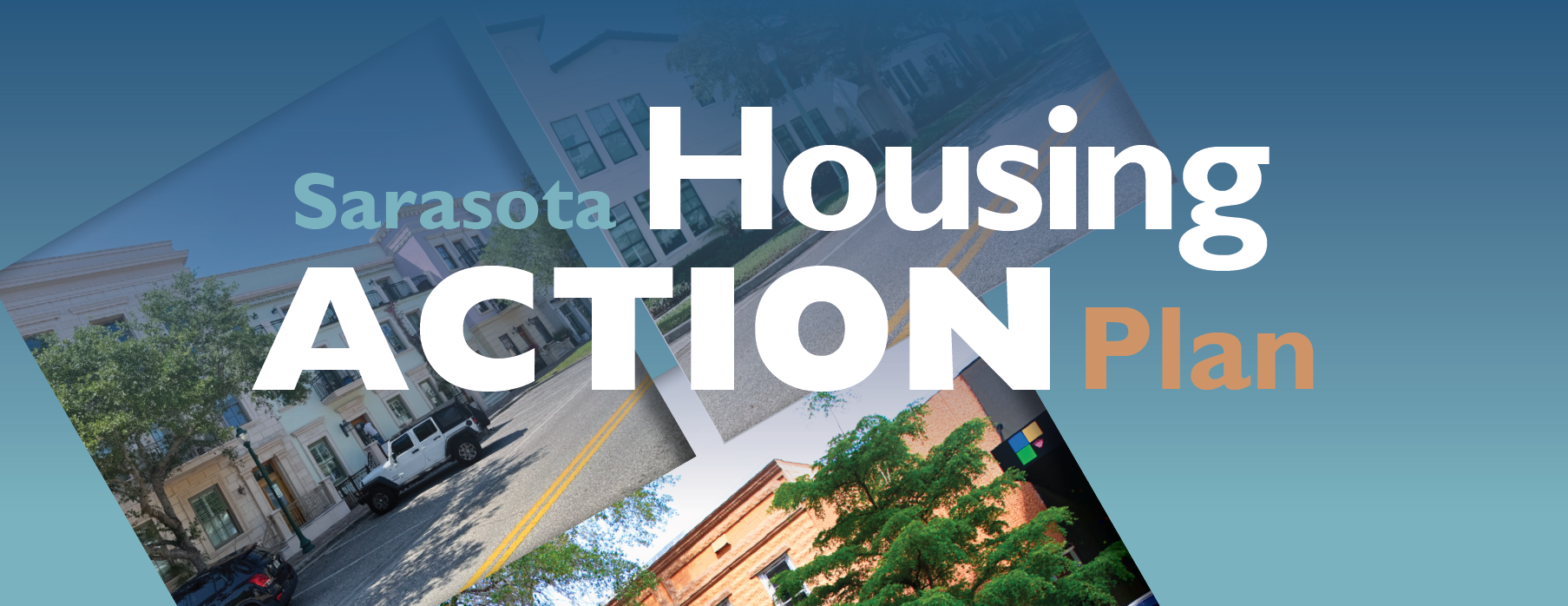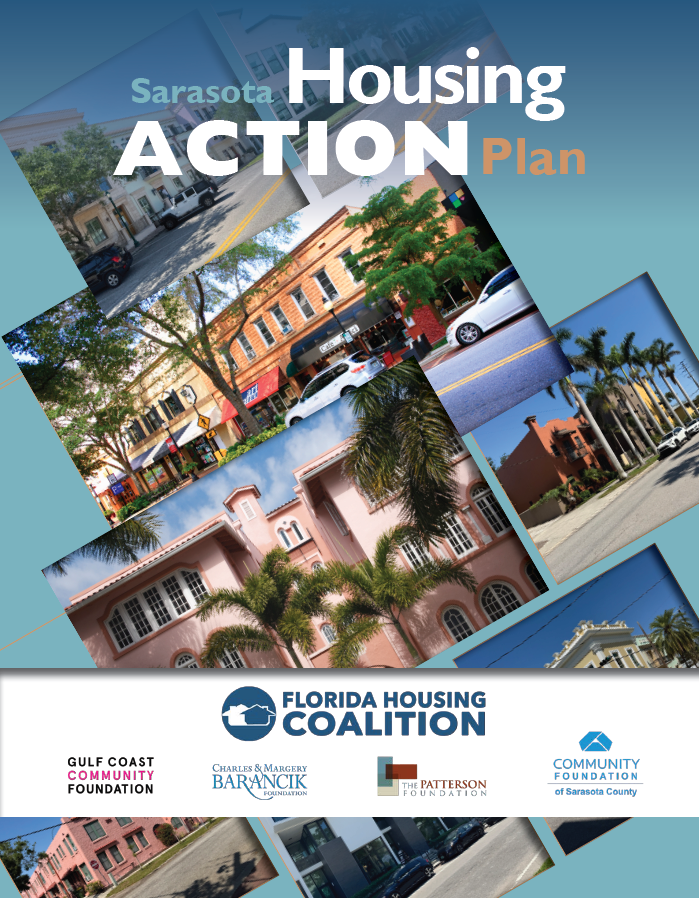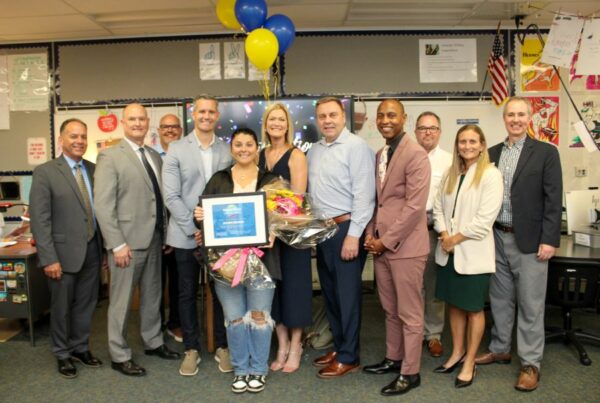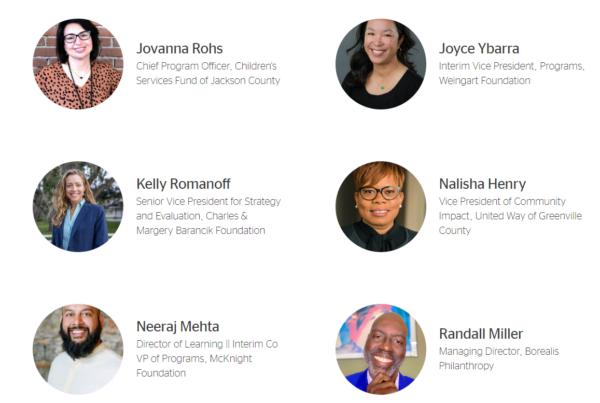Amid a rapidly growing population and rising housing costs, Sarasota County faces a deep shortage of affordable housing. This shortage negatively affects community health, educational performance, employee recruitment and retention, and our overall quality of life.
Fortunately, we have a new strategic blueprint to create the housing ecosystem needed to make Sarasota County more affordable for all who live here.
The Sarasota Housing Action Plan, produced by the Florida Housing Coalition and commissioned by local philanthropy, puts hard numbers to the current and projected deficit of affordable homes in our community. It then lays out a five-part plan for coordinated action across the public, private, and nonprofit sectors to address the issue directly.
“The health, safety, and welfare of Sarasota County and the strength of the local economy depend on a sufficient supply of housing that is affordable for all of the county’s households,” the report states. “Sarasota County needs bold action from the public and private sectors to build and preserve more affordable homes.”
Go here to download the Sarasota Housing Action Plan 2025
Go here to download a Quick Reference summary of the plan’s core action items
Putting Hard Numbers to a Complex Issue
Housing affordability in Sarasota County continues to be a complex issue affecting many households.
According to the Action Plan, more than 47,000 low-income households in the county now spend more than 30% of their income—the rule of thumb for affordability—on housing costs. Of those, nearly 25,500 pay more than 50%. “When a household spends such a high amount of their income on housing,” the report says, “it is difficult to save or have enough funds for healthcare, education, food, and an overall good quality of life.”
The households facing brunt of this affordability challenge are the county’s teachers, childcare workers, nurses and home health aides, service and hospitality workers, public-safety personnel, and others who form the backbone of the community. That’s not to mention elderly residents and those with special needs who are unable to work.
Contributing to this challenge is a shifting income landscape in Sarasota County, driven by growth in high-earning households and an influx of wealthier new residents. This growth can not only drive up housing prices but also reshape the housing market to cater to higher-income interests—often at the expense of affordable options for the workforce. At the same time, demand grows for essential service workers, who are forced to live farther and farther away from where they work. That puts additional stressors on families and makes it harder for employers to find and retain talent. “[W]ithout targeted planning to provide affordable workforce housing, more workers will be forced to live elsewhere,” the report states, “leading to longer commutes that strain transportation networks, increased traffic congestion and infrastructure costs, and a growing mismatch between jobs and local housing affordability.”
The Florida Housing Coalition estimates that at least 15,000 new affordable housing units—6,800 for sale and 8,200 for rent—must be built by 2035 just to keep up with projected needs. “This is an achievable goal that requires bold action in the county,” the report asserts.
Blueprint for Success
The second half of the report details “a five-part blueprint for success.” It is structured to provide local decision-makers and community leaders with a clear set of public policy and housing investment approaches that specifically fit the local needs and contexts of Sarasota County.
The five core action items in the Sarasota Housing Action Plan are:
- Deploy all possible funding sources for affordable housing needs. Most critical of these is creating and sustaining affordable housing trust funds with dedicated sources of recurring revenue.
- Review and reform zoning and land-use regulations to unlock developable land. This includes allowing more homes in efficient and resilient areas, supporting a broader range of housing types, and designing incentives to ensure affordable homes where feasible.
- Dedicate public and private land toward affordable housing goals. This could include land owned by city and county governments, school boards, special districts, hospitals, religious institutions, major employers, and other community stakeholders.
- Form and sustain strategic partnerships that generate results. With a broad range of public and private stakeholders that have vested interest in affordable housing availability in their communities, such partnerships can expand impact, consolidate resources, promote interlocal collaboration, and elevate locally focused housing developers.
- Support the people in the community who the Action Plan aims to serve. This includes engaging the community in shaping and sustaining pro-housing policies and supporting community-based organizations that work on the front lines to promote affordability and support those who need it.
Each key strategy is supported by an array of recommended actions, with examples of successful implementation from other communities in Florida and across the country. “Each of these five core components of the Action Plan has a distinct focus, but all share a common factor—collaboration between the public and private sectors is necessary to build a Sarasota that is affordable for everyone,” the report’s Executive Summary concludes.
The Sarasota Housing Action Plan was commissioned by Charles & Margery Barancik Foundation, Community Foundation of Sarasota County, Gulf Coast Community Foundation, and The Patterson Foundation.
